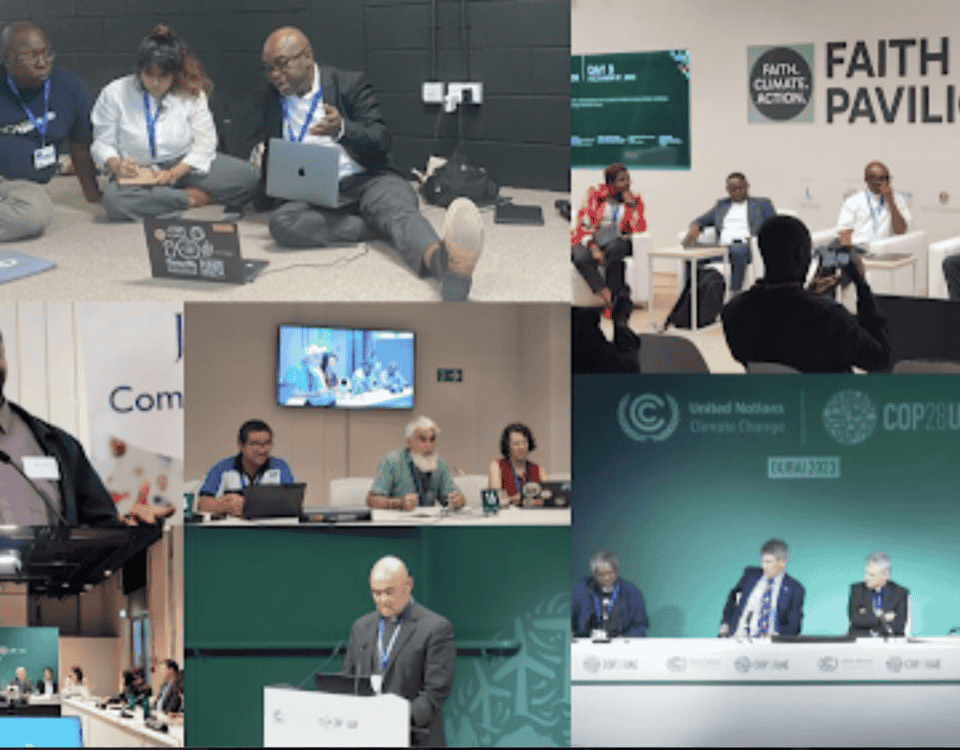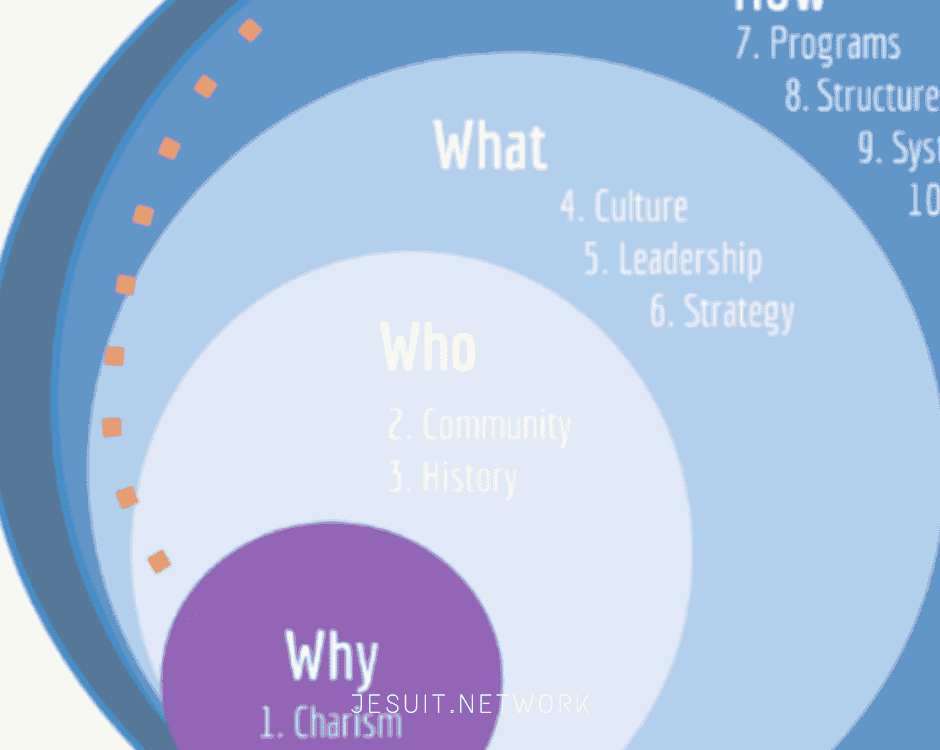Este sitio web utiliza cookies para que podamos ofrecerle la mejor experiencia de usuario posible. La información sobre cookies se almacena en su navegador y realiza funciones como reconocerle cuando vuelve a nuestro sitio web y ayudar a nuestro equipo a comprender qué secciones del sitio web le resultan más interesantes y útiles.
Always Looking To The Mission
Frequently we say that one of the characteristics of modernity is pluralism. We have ceased to be a homogeneous world, and perhaps ceased to think of it as homogeneous. Today we talk about an interculturality shaping our societies. With this plurality comes a fragmentation of identities. We all wear many hats; when we change hats, our self-image changes as well.
We might use a mathematical image. We are members of various sets. Some of these are subdivisions of greater wholes: I am a member of my community, of my province, of the Society of Jesus, of the Church. But we also belong to sets which are not part of one greater whole, but which overlap. Not everyone in my community is also part of the professional association to which I belong, or of my soccer team. We form our subdivisions and affiliations because they help us, and because they are useful for structuring our relationships or achieving our goals.
Traditionally in the Society, the governmental subdivisions are provinces and communities. The Assistancies are also subdivisions, but not governmental. They exist so as to facilitate the government of Fr General.
The Conferences of Provincials arose for a similar purpose: to facilitate the government of Provincials. But General Congregation 35 gives them a new significance. It affirms that Conferences are not “mere instruments of inter-provincial coordination.” (D. 5, 18 a) Rather, they are means by which the Provincials do apostolic planning together. They should become “structures of cooperation … regarding specific inter- and supraprovincial aspects of mission” that require collective decision making. [pullquote align=»left»]This opens up the possibility of something that is often required by mission in a globalized and interconnected world: Provinces grouping in the interests of responding better to their mission[/pullquote]
This can happen through a common agreement of the Provinces involved (for example: a house of formation in common, or the sharing of men and money), or through a territory being a joint responsibility of different Provinces (like the existing projects at the triple frontier of Chile, Peru and Bolivia, or at the frontier between Colombia and Venezuela).
It follows that we can think of other forms of subdivision within the conference: regions with common concerns as regards mission, or projects in a territory covering parts of each of the canonical Provinces involved. This is what I mean when I talk about new subdivisions within Latin America: regions or territorial projects. These two possibilities are not mutually exclusive; nor are we ruling out possible fusions between provinces. For instance, we could think of the so-called Carribean Project as a ‘region’ in this sense, promoting greater interprovincial cooperation between different Provinces and regions in the canonical sense. This co-operation includes Provinces uniting (so Antilles and the independent region of Cuba), and also a border project shared between Venezuela (one of the member provinces) with Colombia (which is not). All this bespeaks a great flexibility, one that is always adapted to mission.
This post is part of an article originally published in Portuguese and Spanish on the CPAL report number 288, published on 30th September 2013. This is a translation from the original in Spanish by Mario Cazal (Paraguay) and Philip Endean (Paris) for The Jesuit Networking Project. The whole document can be found on this website [English] [Spanish]





